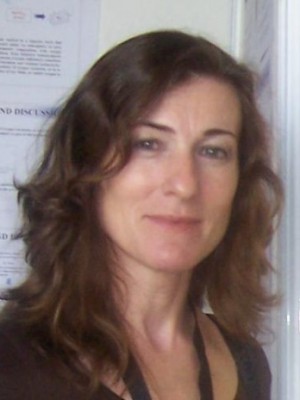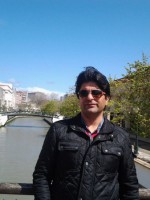abstract
Coupling high crystallinity with high specific surface area in engineered nanomaterials is imperative whenever both chemical endurance regarding particle dissolution and a large specific surface area are needed for environmental clean-up purposes. Gathering both properties in the same particulate system is not trivial. In this work, A L-9 orthogonal array of experiments was used to assist a liquid-phase reduction method aiming to synthesize zero valent iron nanoparticles (nZVI) that could offer a large specific surface area while presenting a well-developed crystalline structure. The experimental variables included the reductant addition rate, the precursor (Fe+3) concentration, the (reductant/Fe3+) ratio, (R), and also the application of ultrasonic irradiation (UI) to the precipitating medium. The results show that NaBH4/FeCl3 ratio and Fe+3 concentration have opposite effects on the specific surface area of the synthesized particles whereas the effect of reductant addition rate is negligible. Moreover, the introduction of UI in the precipitation process benefits considerably the surface area of the particles while preserving or even enhancing the crystallinity of the precipitated nanomaterials. The effects of UI were interpreted in the frame work of the classical nucleation theory. This work raises the potential of UI as an environmentally friendly method to be applied to other precipitation systems which could end up in finer powder particles with better crystallinity. (C) 2018 Elsevier Ltd. All rights reserved.
keywords
ZERO-VALENT IRON; NANO; NANOPARTICLES; REDUCTION; REMOVAL; OPTIMIZATION; DEGRADATION; ADSORPTION; MAGNETITE; OXIDES
subject category
Science & Technology - Other Topics; Engineering; Environmental Sciences & Ecology
authors
Kamali, M; Costa, MEV; Otero-Irurueta, G; Capela, I
our authors
acknowledgements
Thanks are due, for the financial support to CESAM (UID/AMB/50017 - POCI-01-0145-FEDER-007638), to CICECO-Aveiro Institute of Materials, POCI-01-0145-FEDER-007679 (FCT Ref. UID/CTM/50011/2013), to FCT/MCTES through national funds (PIDDAC), and the co-funding by the FEDER, within the PT2020 Partnership Agreement and Compete 2020. Thanks are also due to FCT for the doctoral scholarship No. SFRH/BD/103695/2014 for the first author.



